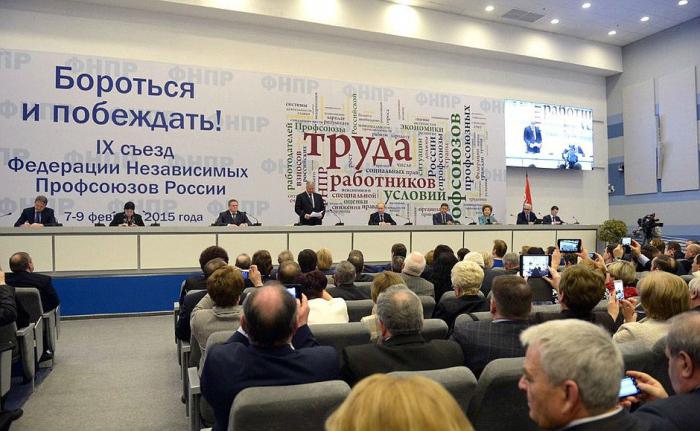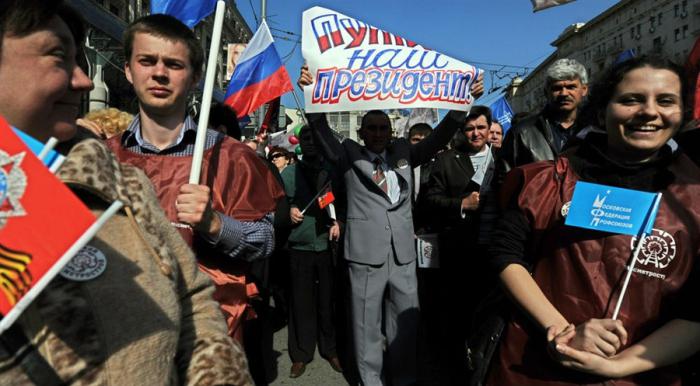The functioning of the modern economy is ensured by the millions of people employed in it. They have their own economic and social interests, which may conflict with the interests of other members of society.
What it is
Trade union organizations unite employees on a sectoral or professional basis in order to protect their economic rights. Since workers operate in an ever-changing economic, technological, and social landscape, their legal status is constantly under pressure. Economic crises threaten lower wages. Social changes lead to job cuts. Without working together to protect and strengthen their rights, the wage worker risks being the most vulnerable member of economic relations.
History of creation
The tradition of creating unions according to the production principle is rooted in feudal times. Guild associations can be represented as the forerunner of trade unions. Despite the fundamental difference, these forms solved similar problems. The first trade union organizations created to protect the rights of employees were founded in the 19th century in England. This country was undergoing an industrial revolution, which led to the emergence of a significant stratum of the industrial proletariat in British society. At the same time, relations with the growing social environment continued to be based on archaic, semi-feudal attitudes, which inevitably led to social conflict. Trade union organizations, called trade unions in England, helped to find a compromise between wage workers and employers, allowing them to solve problems without social upheaval.
Trade unions in Russia
With the development of industrial production in the Russian Empire, trade union organizations also began to be created. For example, the railway workers' union, called VIKZHEL, had considerable political weight and powerful economic leverage to protect the rights of railway workers. Pre-revolutionary trade unions worked closely with socialist political parties and were a serious political force. In Soviet times, trade unions were completely controlled by the state. At all enterprises there were primary trade union organizations that were part of the All-Union Association - the All-Union Central Council of Trade Unions. During this period, trade unions practically lost not only political significance, but also other functions, turning into distributors of social assistance from the state.
Modern trade union organizations

With the demise of the USSR, the era of Soviet trade unions ended. The decline in production, hyperinflation, mass unemployment, led to a significant lumpenization of the industrial proletariat and made wage laborers extremely dependent on employers. The restoration of the trade union movement began at the turn of the millennium, along with a change in the economic course of Russia. Today, several large trade unions operate in the territory of the Russian Federation, in which workers of different economic profiles are united. The largest structure today is the Federation of Independent Trade Unions of Russia, which unites thirty-seven million workers. Despite its scale, the FNPR is not a monopolist in the trade union movement, which is represented by several other large associations. The trade unions of Russia, in addition to everyday activities to ensure the rights of workers, were marked by several strikes that seriously affected the negotiating positions of employers.
Primary trade union organizations
The basis of trade union associations are primary organizations in industries and institutions. It is they who carry out the main work to protect the rights of their members, to organize a dialogue with the administration and authorities. Their tasks include the conclusion of collective agreements with the management of enterprises, which regulate and determine the rights and obligations of signatories, mechanisms of interaction and resolution of conflict situations. Primary trade union organizations also monitor how the administration ensures occupational safety and sanitary standards.
The importance of trade unions

In addition to directly protecting the interests of workers, trade unions fulfill the most important function of the side of social dialogue. Having a hierarchical structure of representation, primary structures are combined into district trade union organizations, which are part of larger ones. For example, the trade union organizations of Moscow are able to act as a serious party to negotiations not only at the city, but also at the federal level. Trade unions are actively involved in the development and adjustment of labor laws. They raise questions regarding labor market regulation. Actively participate in the formation of the country's social policy. The effectiveness of trade unions is directly related to lowering the level of social tension in the state, with the adaptation of workers to changing economic conditions. A democratic society is based not only on political parties, but also on social structures, which include trade union organizations. The reports of sociologists studying social processes indicate that, despite a certain infantility and weakness, the trade unions are quite successful in their tasks.